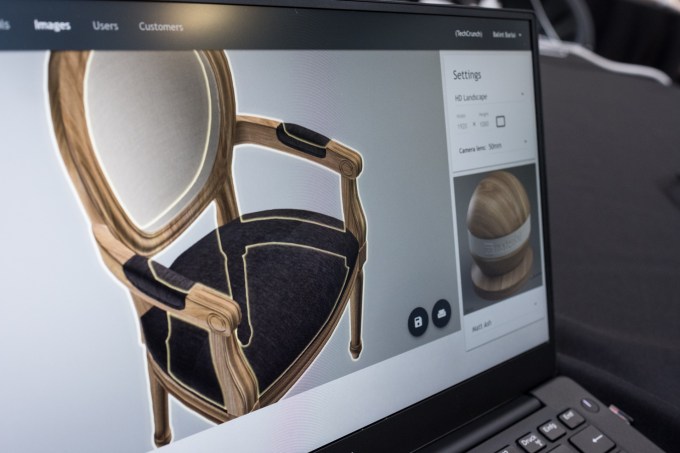Robot Maps Rooms with Help From iPhone
The Unity engine has been around since Apple started using Intel chips, and has made quite a splash in the gaming world. Unity allows developers to create 2D and 3D games, but there are some other interesting applications of this gaming engine as well. For example, [matthewhallberg] used it to build a robot that can map rooms in 3D.
The impetus for this project was a robotics company that used a series of robots around their business. The robots navigate using computer vision, but couldn’t map the rooms from scratch. They hired [matthewhallberg] to tackle this problem, and this robot …read more
 Berlin-based colormass, one of the startups presenting today at TechCrunch Disrupt as part of the Battlefield, has developed a platform that lets you recreate an IKEA-style experience for your own merchandise: highly realistic, but digitally manipulated 3D facsimiles.
Berlin-based colormass, one of the startups presenting today at TechCrunch Disrupt as part of the Battlefield, has developed a platform that lets you recreate an IKEA-style experience for your own merchandise: highly realistic, but digitally manipulated 3D facsimiles.